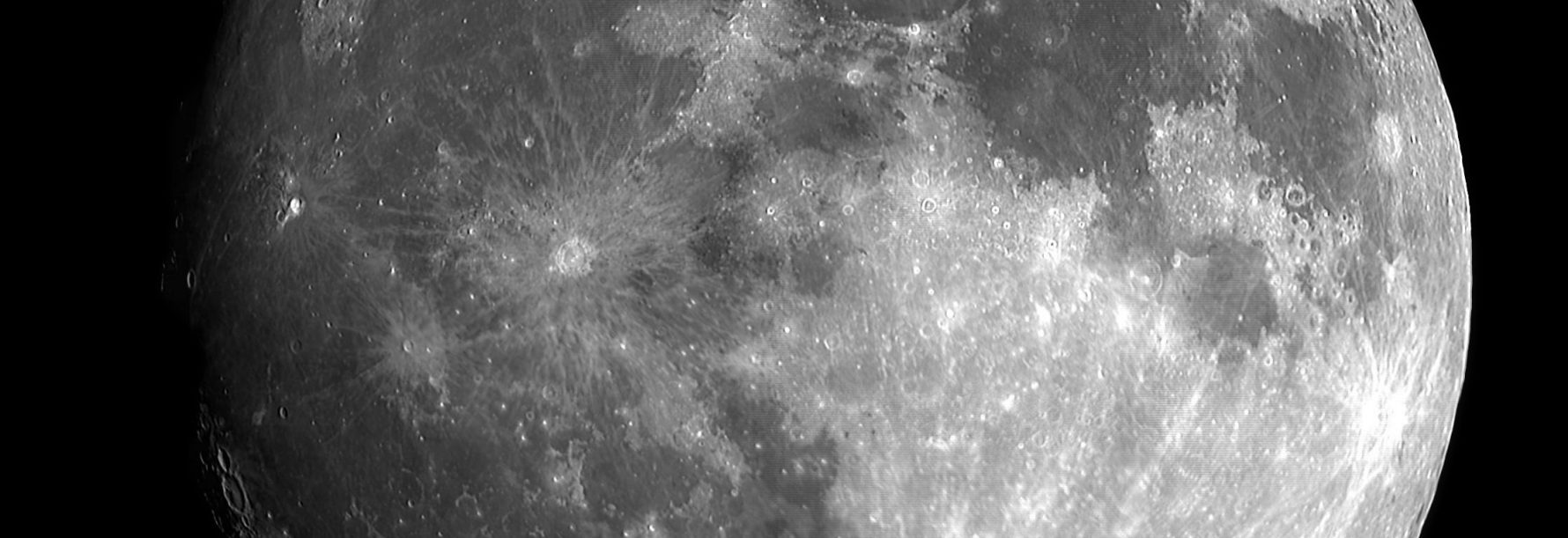
The Earth-Moon system hasn’t always been as it is today, with an average Earth-Moon distance of 384,300 km and a daylength of 24 hours. The further we go back in time the closer the distance and the shorter the day, but the evolution of the Earth-Moon system over time is still very uncertain. The dynamics of the Earth-Moon system has great influence on the evolution of life on Earth. In addition, understanding the evolution of the Earth-Moon system helps to further constrain the still not fully understood formation of the Moon. Now, a team of researchers from Utrecht University, University of Geneva, and Université du Québec à Montréal, has brought us a step further in the history of the dynamics of the Earth-Moon system.
The Earth undergoes cyclic variations over time in its orbit around the Sun, and especially in the shape of its orbit (eccentricity), the tilt of its rotational axis with respect to the orbital plane (obliquity), and the direction of its rotational axis (precession). These orbital variations, called Milankovitch cycles, lead to variations in the amount and distribution of solar radiation reaching the top of the Earth’s atmosphere, which in turn leads to variations of the long-term climate on Earth. Sedimentation processes are affected by variations in climate and the subsequent variation in sedimentation by the Milankovitch cycles is recorded in the rock record and ice sheets on the poles.
Margriet Lantink and coworkers have now found evidence for Milankovitch cycling in Western-Australian rocks from the Paleoproterzoic (2.5-1.6 billion years ago), from which they derived the currently oldest known Earth-Moon distance of ~ 321,800 km and a daylength of 16.9 hours. This brings back the oldest known distance and day by more than one billion years, allowing for better constraints and new insights in both early climate and Moon formation models. This study is specifically relevant for the Origin and co-evolution of earth-like planets and life network.
Lantink, M. L., Davies, J. H. F. L., Ovtcharova, M., & Hilgen, F. J. (2022). Milankovitch cycles in banded iron formations constrain the Earth–Moon system 2.46 billion years ago. Proceedings of the National Academy of Sciences, 119(40), e2117146119.
Read the paper here.
Inge Loes ten Kate is chair of the Origins Center and professor of planetary sciences and astrobiology at the University of Utrecht and the University of Amsterdam.



